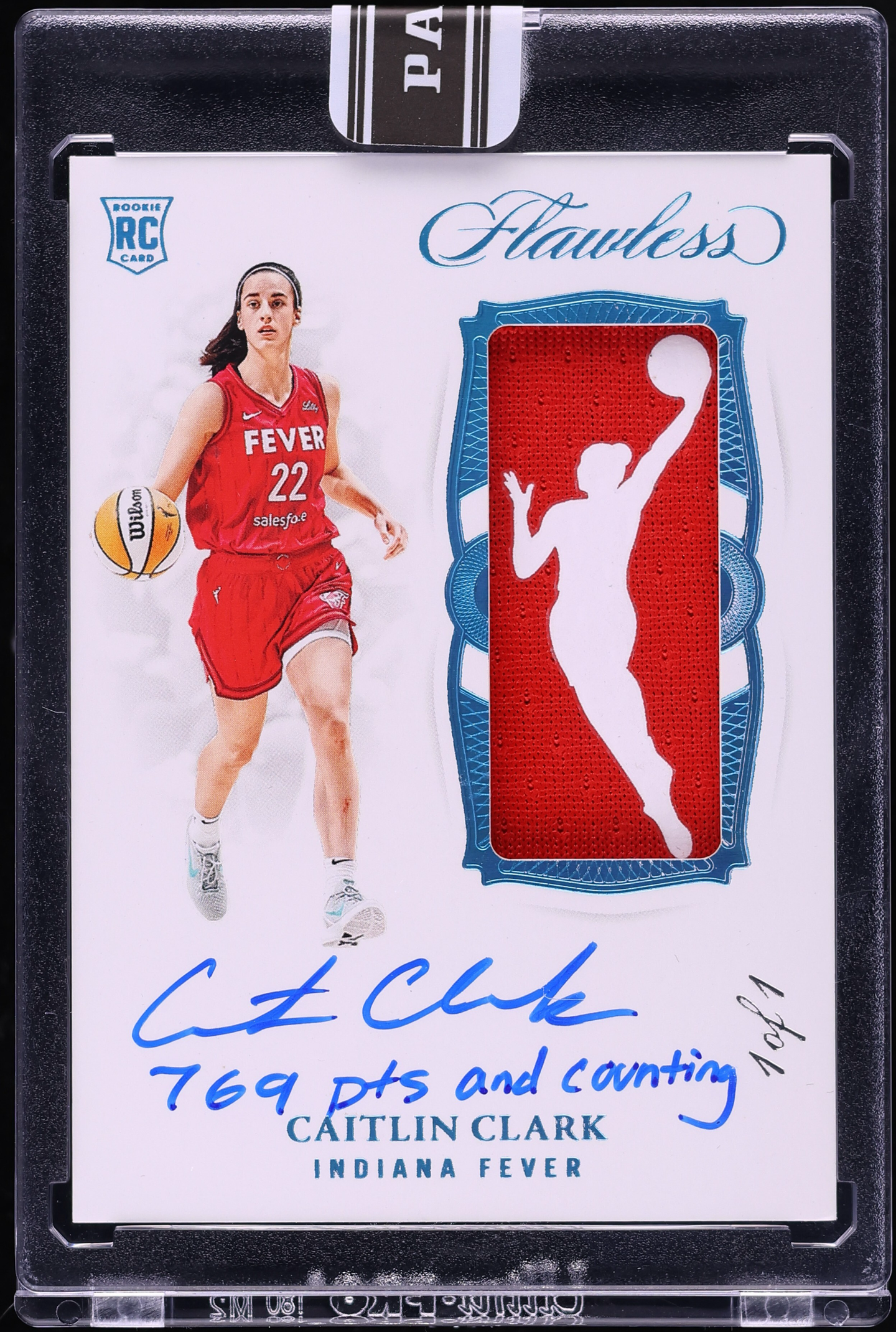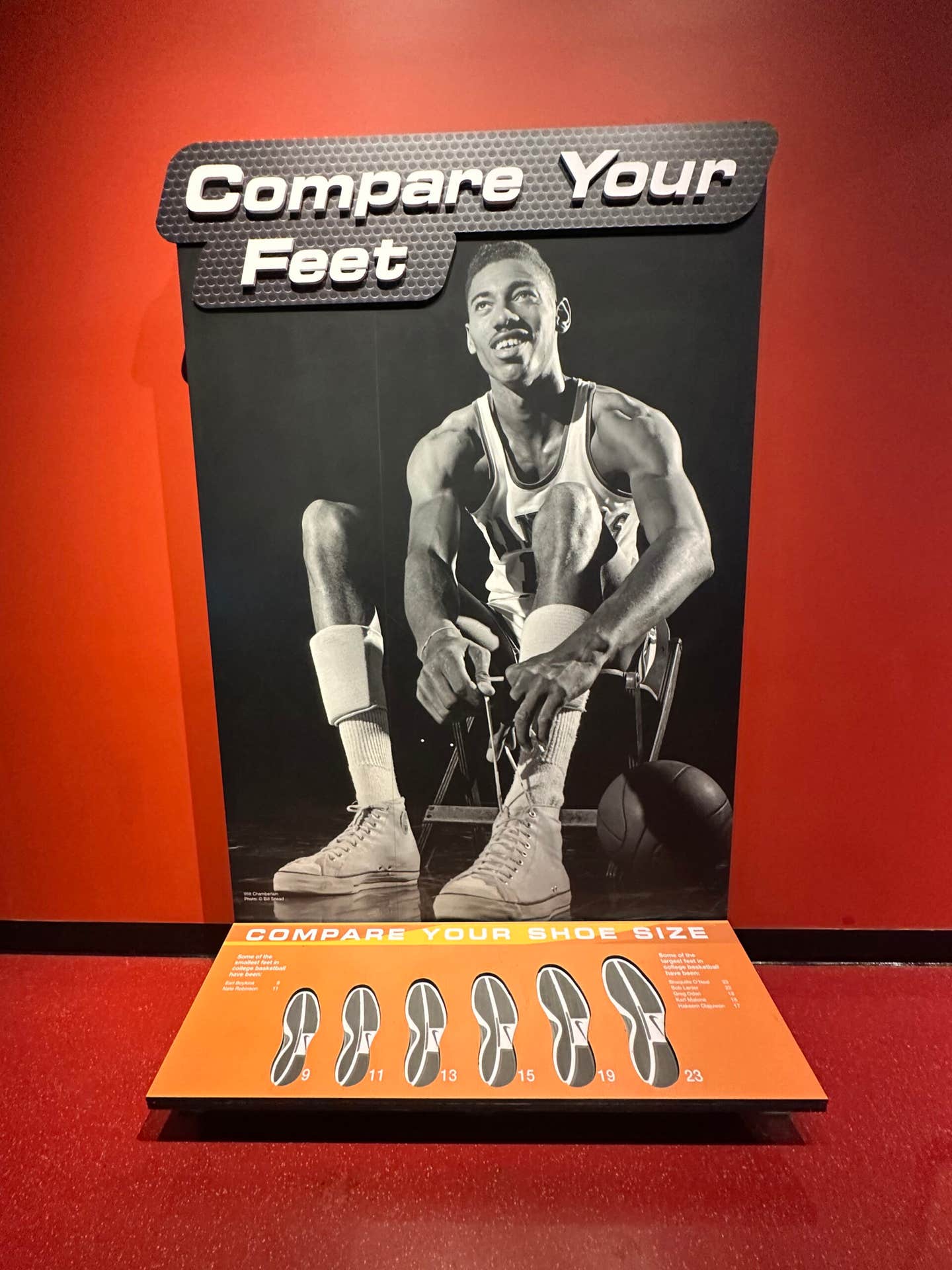News
Bruce Yeko Interview Part II
(This is a continuation of a two-part interview with early hobby dealer Bruce Yeko. The first part of the interview described how Bruce went from a Milwaukee boyhood collector to part-time dealer while in school to a full-time New York City card dealer in 1963. Along the way he dealt with Woody Gelman, Gordon B. Taylor, and Marshall Oreck. Part 2 picks up in the 1960s and continues to the present.)
As a full-time card dealer in New York City in the 1960s, Bruce Yeko started to get less attached to the cardboard. A fellow came in with a complete set of 1952 Topps to sell. Bruce bought the set very reasonably. Since he liked the set so much himself, he thought he would “protect” it by putting a robust $100 sales price on the set. It sold immediately.
With that lesson learned, he dug out a 1952 set missing 11 cards and offered it for $300. That set sold immediately, as well. There were no price guides available to the general public. The hobby pioneers may have priced cards at a penny or so apiece but that didn’t mean he had to agree with them. Bruce put prices on cards that he thought would result in the best results for him. If the price was too high, an item wouldn’t sell and he could always lower the price. Yeko priced star cards at a premium and got the prices he asked.
Business was good; cards accumulated by the millions in the small Yeko residence. Baseball, football, non-sports, tobacco cards, Post Cereal cards, Pepsi Houston Colts and Tulsa Oilers, everything imaginable was purchased and resold. Yeko used trays a banker friend of his found to organize some of his cards. The trays had been used to organize canceled checks at the bank and were the perfect size. At his peak, Yeko sold 3,000 sets of current Topps cards. Assuming about 600 cards in a set, 3,000 sets would mean 1.8 million cards just in current year complete sets.
Card “show”
Just like Bruce’s experience in Milwaukee, not many customers walked in the door of his apartment in New York either. He might have 10-15 people drop by in a year. All that started to change when TCMA founder Mike Aronstein approached Bruce about coming over to Aronstein’s house where 20 collectors would gather in the basement. The meeting was great, with a good time had by all, particularly in the self-confirmation that they weren’t all crazy and that collecting could be enjoyable and rewarding. The next step was to rent a hall to facilitate buying cards from people and distributing any purchases to the core group. The idea of turning around and selling the cards at these gatherings to other collectors was not on the front burner yet. Years later, Bruce would set up at shows, including the Nationals.
Rosen to Gelman, Taylor to Oreck
Dealer Sam Rosen died from a heart attack, and Woody Gelman took over his father-in-law’s inventory in Franklin Square. Yeko and Gelman remained friends and Gelman sold cards to Yeko and kept him in touch with the folks at Topps. Gordon B. Taylor “looked like Santa Claus” according to Yeko and appealed to the kids with his monthly magazine, Card Comments. I subscribed to Card Comments as a kid and received Taylor’s complete alphabetical baseball checklist. However, Taylor got into trouble with another part-time mail-order business he owned and abruptly disappeared.
Marshall Oreck got into card dealing by purchasing Taylor’s inventory. He worked out of his apartment on 74th Street in Manhattan. The late collector Bob Solon told me that Oreck “started pricing star cards at a premium in the 1960s and the hobby has never been the same since.”
When Oreck had had enough though, he decided to sell his 4 million-card inventory. He wanted $10,000 for everything. While Yeko was initially lukewarm about Oreck’s offer, he decided to go ahead with the deal in 1966 and at least reduce his competitors by one. Oreck also had Red Heart Dog Food cards and Salada coins that attracted Yeko’s collector interests.
Older cards
Not everyone was lusting after the really old cards. Many of Bruce’s customers were kids who wanted the current players and current sets. However Bruce saw value in the older cards immediately. He would purchase older postwar cards but also would buy and sell tobacco insert cards. T206s would come in the door at about 10 or 15 cents per card. He would resell them at 3 for $1. Honus Wagner never got in or out of Yeko’s door though – as far as he knows.
John Fawcett
Bruce remembered a deal around 1968 with John Fawcett, a collector of Mickey Mouse memorabilia. Yeko visited Fawcett’s house which was like a shrine, a museum.
Fawcett had wanted to obtain cards produced by Goudey of Mickey Mouse with movie stars. Goudey went out of the card business during World War II, but on a hunch in early 1968, Fawcett contacted the former president of Goudey to see if he had any cards lying around. He did, and Fawcett bought them. He kept the Mickey Mouse cards but was willing to sell the baseball cards.
The cards included many uncut sheets of Goudey products, including 1933 Goudeys and 1938 Goudey Heads-Up cards. Accompanying Yeko on the trip to Fawcett’s home in Connecticut was Yeko’s friend Bill Himmelman of New Jersey. Fawcett’s asking price for uncut Goudey sheets including the “copyright set” used to copyright the issue was $10 apiece. He also had a Napoleon Lajoie card which he wanted to sell for $10 also. Yeko thought the price high, but Himmelman talked him into buying it, admonishing him that “he wouldn’t regret it.” He didn’t. Yeko bought approximately 15 sheets and started reselling them for $20 or $30 each. Yeko bumped the price to $50 then to $100 and sold the final sheets for $300-$400 each. Years later, a collector came to buy old 78 records from Yeko. When Bruce pulled down the pile of records, he found one last 1938 Goudey Heads-Up partial sheet with the rookie Joe DiMaggio included. That sheet was eventually sold in a Mastro auction for around $4,000.
Who’s Who in Card Collecting 1969
Collector/dealer Irv Lerner put together a 113-page booklet in 1969 called Who’s Who in Card Collecting. Lerner acknowledged Yeko for his “help in reaching new hobby collectors through distributing questionnaires as well as supplying cards” (including the Lajoie) which were reproduced on the cover. The only others specially mentioned by Lerner were associate editors Bob Jaspersen and Richard Reuss and other contributors: George Martin, Charles Bray, Frank Nagy, Buck Barker, Lionel Carter and Wirt Gammon – a Who’s Who in itself.
The bio included in the publication stated that the 29-year-old Yeko “prizes his Rocky Graziano card (the 50th in the set) in 1948 Leaf boxing, his photo variation (portrait type) of the Dick Donovan (#72) card in Leaf’s 1960 issue, and his recent acquisition of Lajoie (#106) in the 1933 Goudey Big League set. Outside of his business and hobby, Bruce enjoys traveling, records, and attending musical-comedy shows.”
1978 Article
One of the early sports hobby publications, Sports Collectors News, published by Mike Bondarenko included a story in a 1978 issue on Yeko. The article was reprinted from a story by Dennis Lyons of Gannett News Service. The article mentioned that Bruce was thought to have the largest card collection in the world with 15-20 million cards. (Bruce wasn’t quite sure how many cards he had under his roof.)
SCN reported that the cards in his Connecticut home were “everywhere, wall to wall, ceiling to floor. The presence of living room furniture is an unsubstantiated rumor.” Cards were even in the oven. The adjacent barn and caretaker’s cottage were no different. Business was still good then and Yeko barely needed to advertise with repeat customers sending in 20-40 orders a day. Yeko called the 1952 Topps set his favorite.
Condition, condition
Collectors weren’t always overly concerned about condition and centering of cards. One exception was hobby pioneer Lionel Carter. Yeko remembers that Carter bought a set from him and then returned about a dozen cards asking if they could be replaced with well-centered cards. Yeko remembers this as a little more work for him, but there weren’t many condition-conscious Lionel Carters to deal with.
That started to change as more people wanted perfect cards. Bruce still doesn’t understand the crazy price premiums associated with perfectly-centered, high-grade common cards from the 1950s and 1960s.
Cards dwindle away as times change
However, pretty soon the New York Times was running articles about baseball cards. By the late 1980s, the proliferation of shows, price guides, stores and competitors caused Bruce to get out of the full-time card business. He remembers going from selling 3,000 new sets per year to one set in his last year.
One of his last memorable sales was a few years back when he auctioned on eBay one common card from an obscure 1966 Topps test issue called “1966 Topps Punch-outs” that he had picked up through Woody Gelman years ago. The card measured 2-½ by 4-5/8 and was blank-backed. This one little card with a tiny picture of a player sold for several thousand dollars.
Original Cast Records
If you look into Yeko’s business now, you find scant mention of the baseball card guru, but you will find in Wikipedia that Bruce and his ex-wife Doris are known for preserving “obscure theatre recordings, primarily cast albums from little-known Broadway, off-Broadway, off-off-Broadway and other stage productions, but also theatre-related film scores, cabaret, concert and solo artist recordings.”
Yeko’s company is known as Original Cast Records and handles the recording and sale of recordings of New York stage productions. If you need to find the original version of any show, you can go to Original Cast Records of Georgetown, Conn.
Bruce proudly claims to have attended every Broadway musical that ever opened, and some that never opened, over the past 44 years. He also attends off-Broadway shows and will see 200 musicals in a typical year. Recounting his experiences in this endeavor would require a much longer article than this one. While Bruce was a pioneer in the card dealer business, he feels that if he hadn’t gotten into it someone else would have. However, Bruce feels, if he had not recorded the shows, no one would have done so and the record of many performances would have been lost.
Seventy-year-old Bruce Yeko is an energetic, upbeat, inquisitive, quick-thinking veteran of many card deals. Bruce is still working at the recording business with his daughter Toni, and he retains good memories of the early days of the collecting hobby.
Yeko can be contacted at bruce9111@aol.com.
George Vrechek is a freelance contributor to Sports Collectors Digest and can be contacted at vrechek@ameritech.net.








